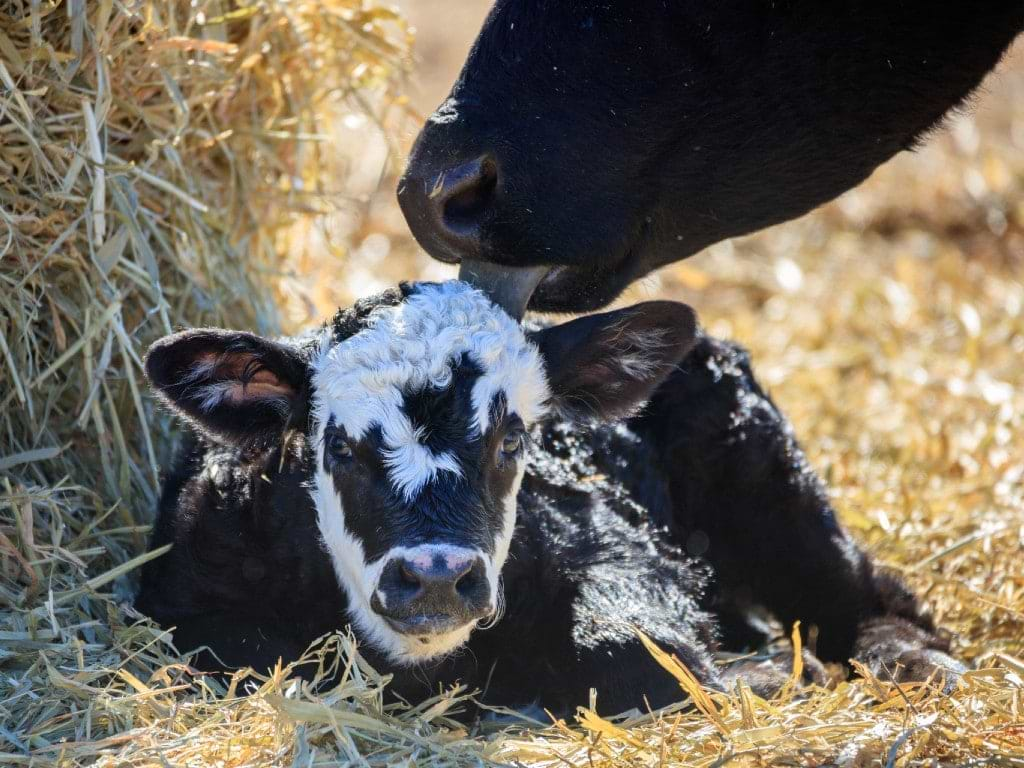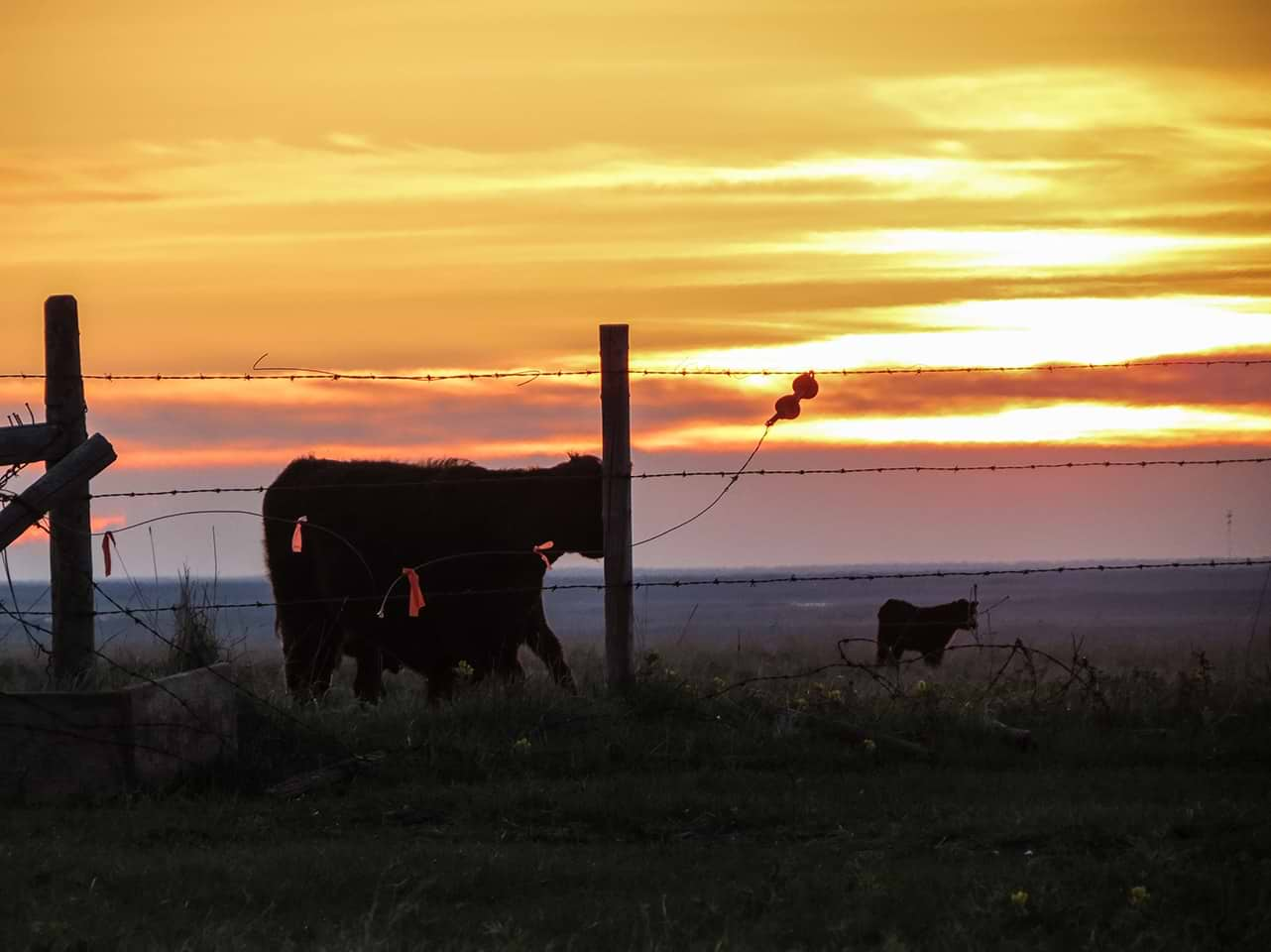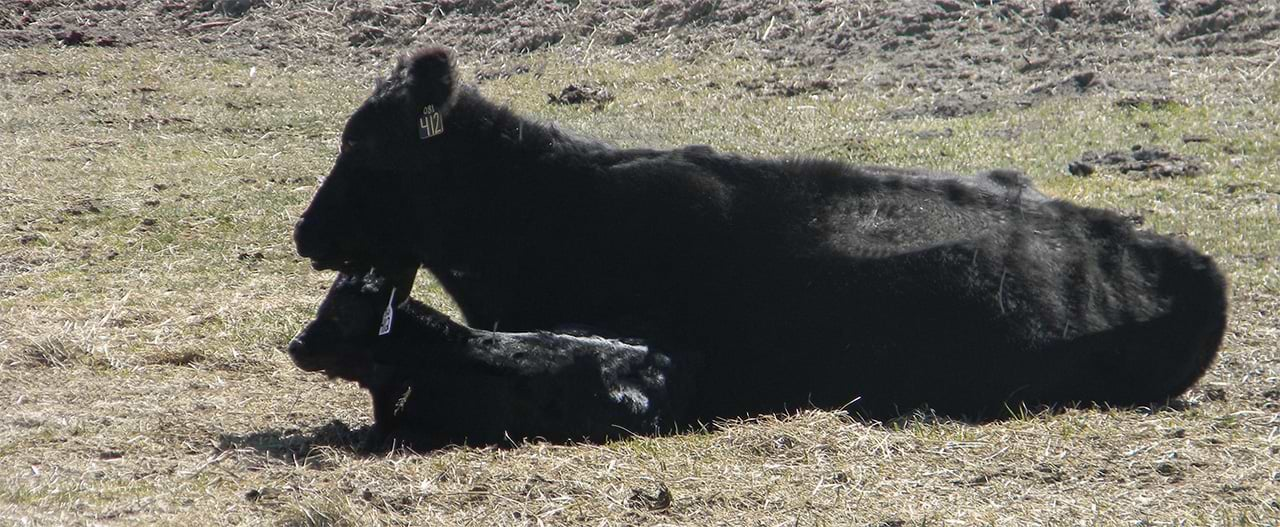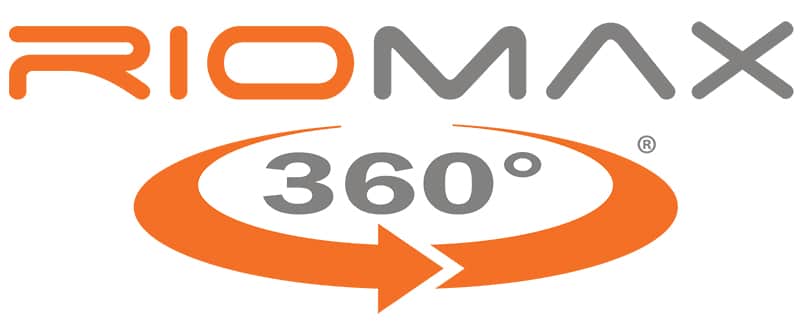Last updated on October 5th, 2023 at 01:52 pm
The maternal instinct is perhaps the most powerful force on earth. Step between a mother and her baby and prepare to defend yourself, because if mama thinks baby is threatened, she will stop at nothing to protect her offspring.
But what do you do with a first-calf heifer when things don’t click right away; when that mothering instinct isn’t yet fully developed and she’s confused, scared, and uncertain what to do with that calf she just dropped?
Even if you select for strong maternal traits in your genetic program, sometimes a first-calf heifer won’t accept her calf right away. Here, according to rancher and Beef Systems Assistant Extension Educator Hannah Greenwell with the University of Nebraska-Lincoln, are some tips to help heifers better understand their roles as cows:
- Use Bonding Pens
- Try Scent Aids
- Hand Feed
- Make It a Good Experience
- Give Them Time & Space
- Be Patient


Cow & Calf Bonding Pens
Whether this is a pen in a shed, or if it is four portable panels in the pasture where calving is happening, bonding pens provide an opportunity for a semi-hesitant heifer to mother-up to her calf to a more ideal level. “This proves helpful for those first-time mothers that want to mother every other calf in a 50-yard radius except their own,” says Greenwell, who headquarters out of Ainsworth, Nebraska.
“Additionally, for heifers that recognize their job enough to clean off the calf, but maybe not enough to understand the nursing portion of her role, this prevents her from getting very far from the calf and switches the odds into the calf’s favor of latching. As a caution though, ensure that the calf is not in danger, and make sure the pen is big enough to prevent the heifer from laying on the calf.”
Scent Aids
“As we well know, the bond between calf and dam is heavily scent dependent. As a means of getting the heifer to lick the calf and transfer some scent to potentially kick-start maternal instincts, you can pour colostrum replacer, blood meal, dried distillers grains, or even feed grade molasses down the back of the calf,” Greenwell suggests.
Some producers have success by collecting some milk from the heifer and pouring that down the back of the calf. The advantage there is that you are using a direct scent of the heifer. Drier items such as blood meal or DDG work best if the calf is still wet. The liquid products are the better option if this issue arises after the calf is dried off, Greenwell says.
Hand Feeding
“With more stubborn or aggressive heifers, the best option for the sake of the calf would be getting the heifer into a head catch and allowing the calf to nurse while she is in the chute,” she says.
However, for heifers that are not yet comfortable with their nursing role, you might need to address deterrents at the rear of the animal that could prevent the calf from latching and nursing, such as something that prevents the heifer from kicking at the calf. This needs to happen every morning and every evening with the pair being separated between feedings.
“As you observe the heifer starting to become more relaxed with her role, you progress to not catching her head but still having her in the chute, then turning the calf into the pen with the heifer, and eventually allowing them to remain together but still observed until you are comfortable with the level of care the heifer is providing her offspring.”
Make it a Positive Experience
“If there is something you can do to make a heifer’s sessions with her calf a positive experience, it will only increase your chances of success. This could look like putting some grain mix in front of her while the calf nurses or as simple as using these times to feed hay so that she starts to associate the bonding sessions with her feeding times as well,” Greenwell says.
Time & Space
“Understanding that the heifer’s first association with the calf was a painful birthing process helps to understand that she just might need time and space. In warmer weather where you don’t have to be concerned with the calf’s body temperature dropping, allowing that heifer the time to let her mothering instincts kick in could save a lot of headache,” according to Greenwell.
Additionally, with time comes space. “If you are set up to let those heifers have enough space to go off on their own, have the calf, spend some time away from the herd and come back bonded with the calf, then you prevent post-partum heifers from trying to interject themselves into the fragile bond of the freshest pair in the group,” Greenwell says.
Be Patient for the Heifer to Accept Her Calf
It’s important to recognize that often, helping heifers establish that maternal bond takes time. “I have dealt with heifers that just needed a jump-start and came to understand their job within a few days. Other heifers I have dealt with take closer to two weeks of a solid routine and patience,” Greenwell says.
This is a point where you need to evaluate your operation’s goals and how that translates to your time commitment in this arena, she says. “I work with an operation that invests in their genetics and is committed to giving females the best shot at longevity in the herd, so we are comfortable with the time commitment. Some operations will have a different hierarchy of goals, and that is what each needs to understand for themselves.”
According to Greenwell, this is definitely more on the “art” side of an operation than the science. “While I wish I could offer a 15-minute solution, that would not reflect the truth to what it takes to have patience with animals that do not have patience for their offspring.”
Written by Burt Rutherford, Former Senior Editor of BEEF Magazine



